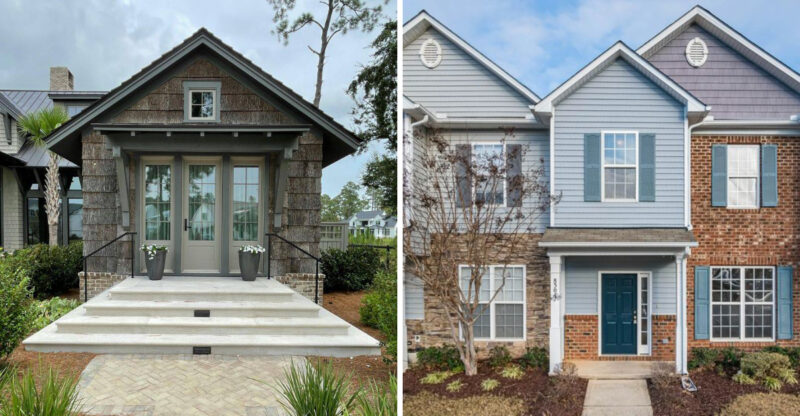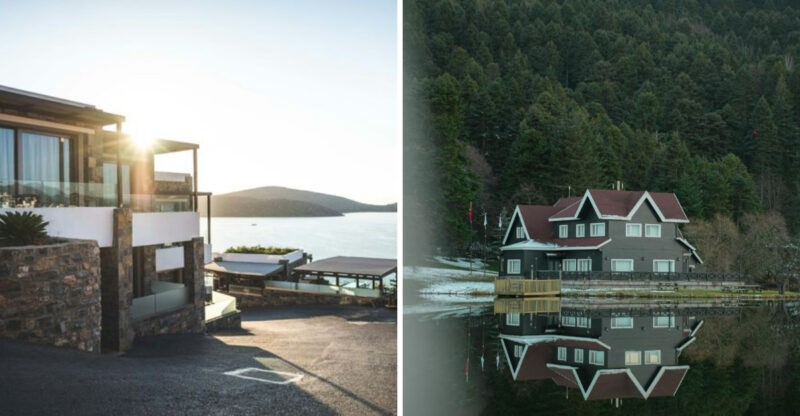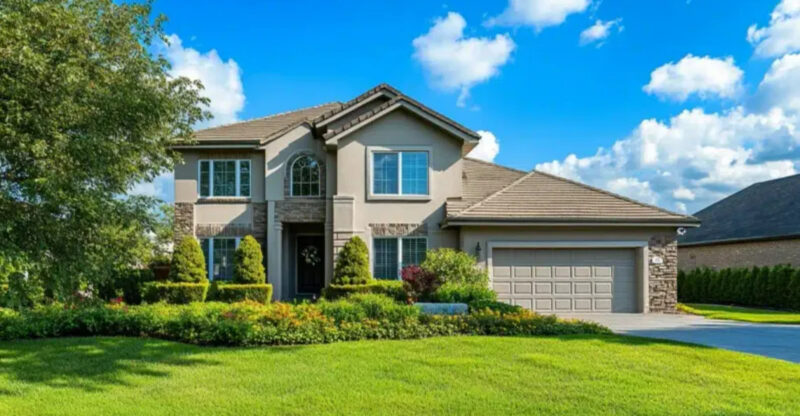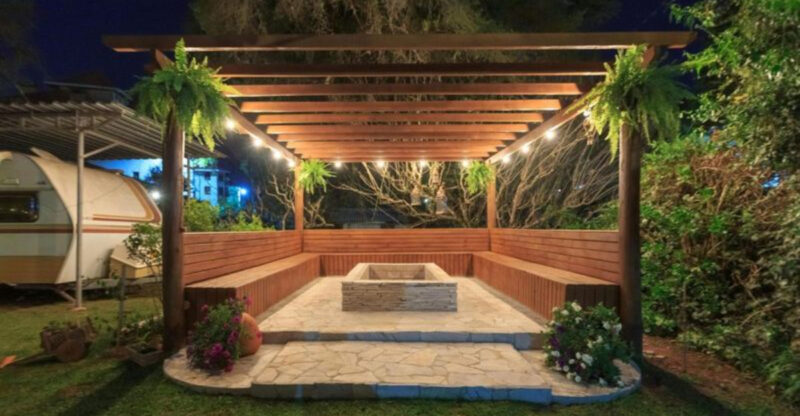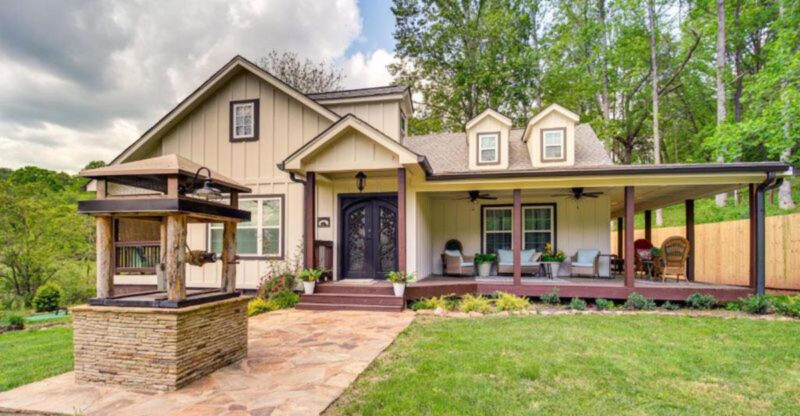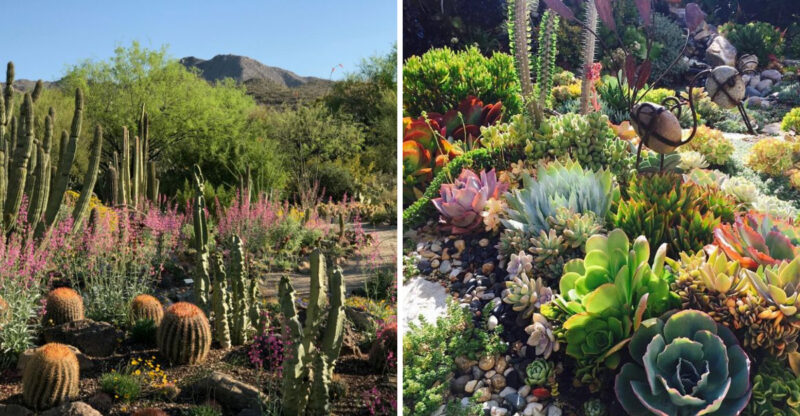7 Heritage-Inspired Curb Appeal Ideas From Pennsylvania Homes
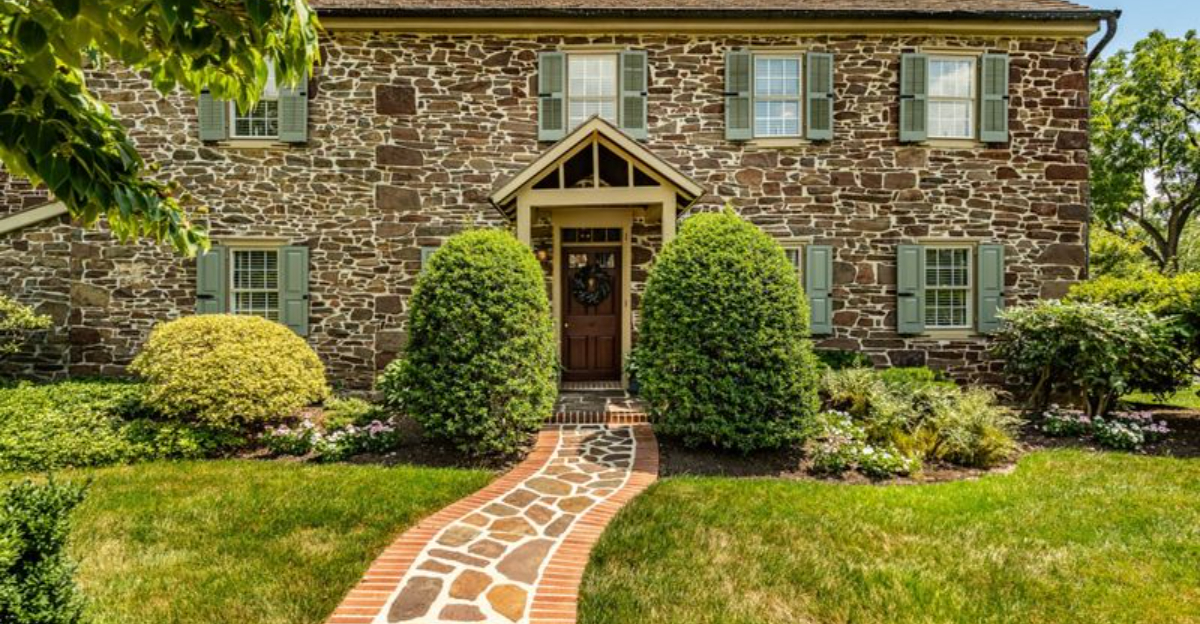
Pennsylvania’s historic homes showcase timeless design elements that can inspire any modern homeowner. From the cobblestone streets of Philadelphia to the rolling countryside of Lancaster County, these architectural treasures offer stunning curb appeal ideas worth borrowing.
Whether you own a new build or a fixer-upper, these heritage-inspired features can add character and charm to your home’s exterior.
1. Classic Colonial Entryways
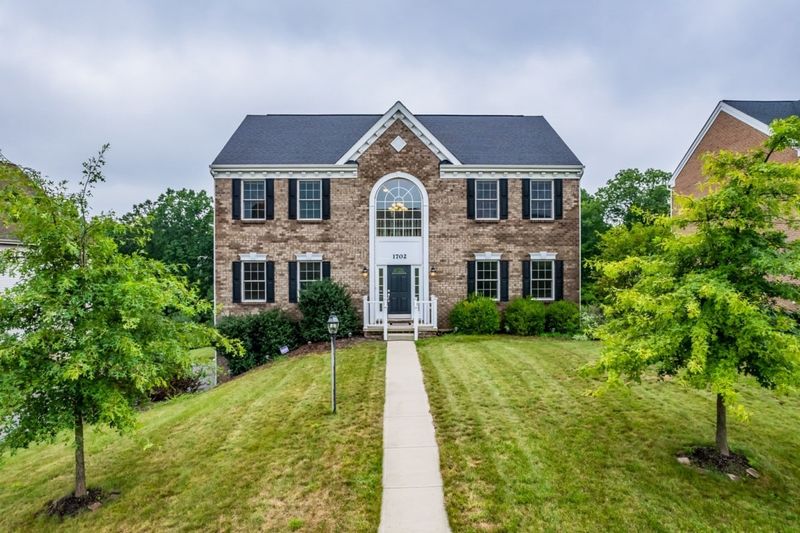
Nothing says “welcome home” quite like a symmetrical doorway framed by decorative columns and topped with a pediment or fanlight. Colonial entryways blend formality with warmth, creating an instant focal point.
These architectural features, common throughout Pennsylvania’s historic districts, date back to the 18th century when prosperous merchants built impressive homes. Adding these elements creates timeless curb appeal that never goes out of style.
2. Traditional Shutters And Window Details
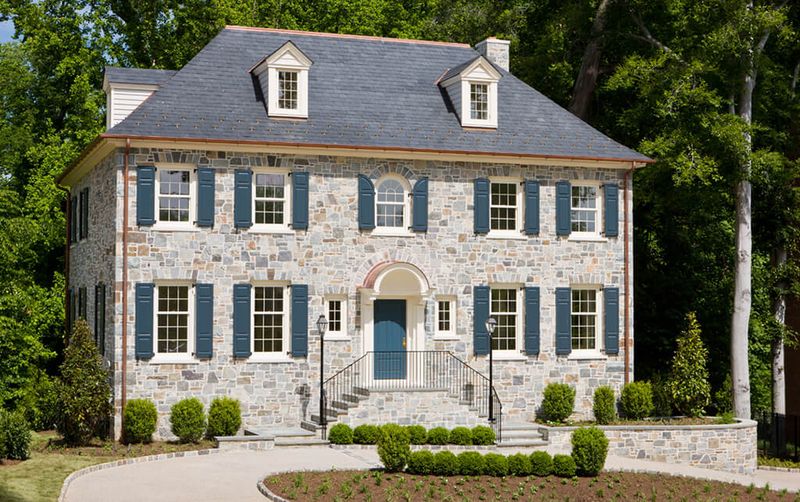
Functional wooden shutters once protected homes from harsh weather while providing ventilation and security. Today, these charming accessories add dimensional character even when purely decorative.
Traditional Pennsylvania shutters typically feature louvers or raised panels painted in contrasting colors. Paired with period-appropriate window trim and authentic hardware like shutter dogs, these details transform ordinary windows into architectural statements that enhance your home’s historical personality.
3. Brick And Stone Facades
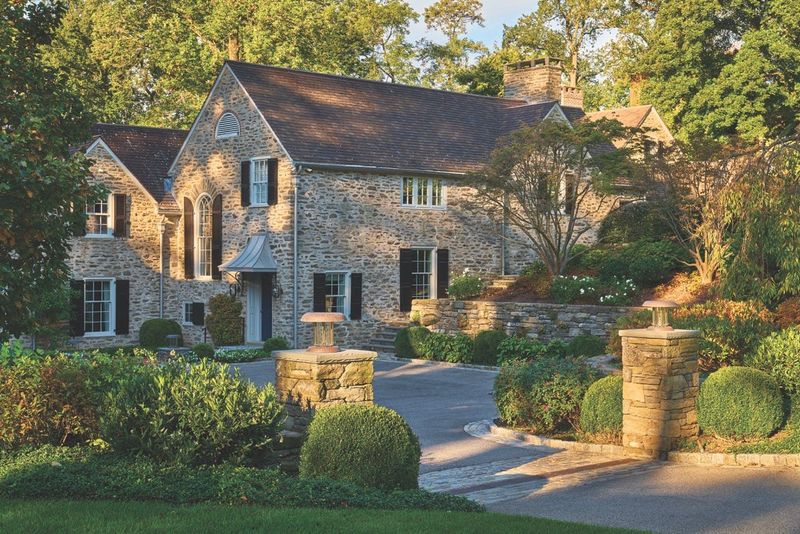
Raw materials harvested from local quarries gave Pennsylvania homes their distinctive regional character. The warm honey tones of limestone in Lancaster County differ dramatically from Philadelphia’s iconic red brick rowhouses.
These natural facades weather beautifully over decades, developing rich patinas that new materials can’t replicate. Modern homeowners can incorporate these heritage materials through full facades, foundation facings, or decorative accents that connect to Pennsylvania’s architectural legacy.
4. Timeless Front Porch Designs
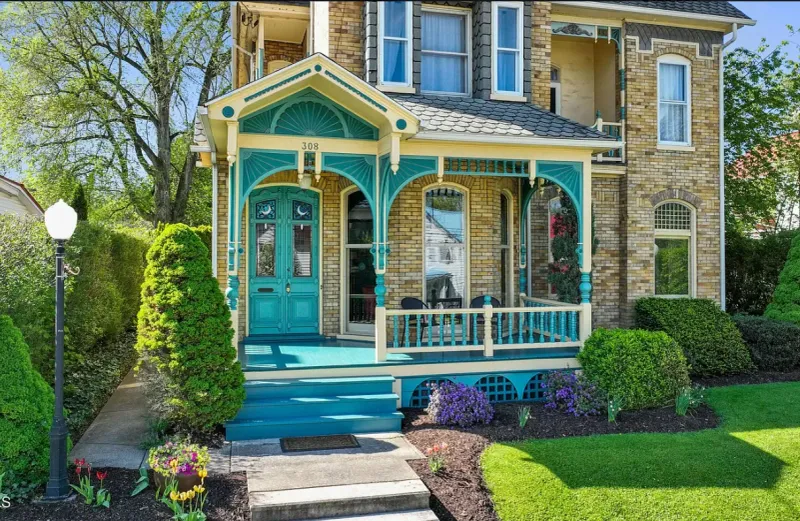
Summer evenings in Pennsylvania traditionally meant gathering on the front porch to catch cool breezes and chat with neighbors passing by. These outdoor living spaces weren’t just practical – they were social hubs.
Front porches on Pennsylvania homes range from simple farmer’s porches to elaborate Victorian wraparounds with intricate millwork. Adding a historically inspired porch creates not just curb appeal but also valuable living space that connects your home to the community.
5. Historic Color Palettes
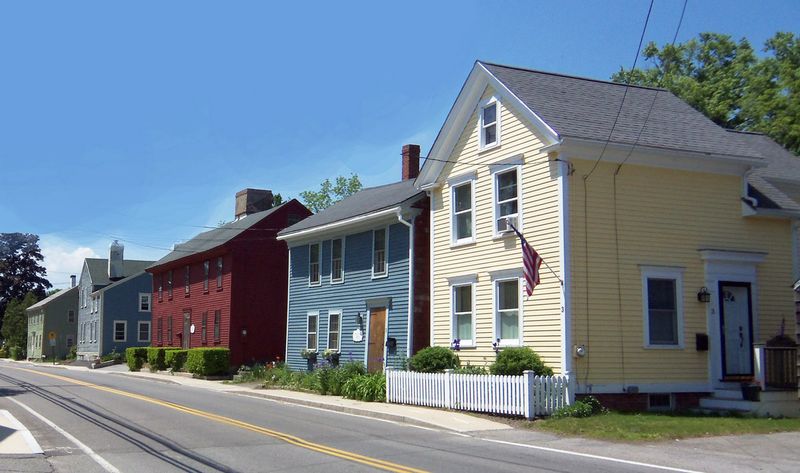
Walk through Pennsylvania’s historic districts and you’ll notice distinctive color schemes that evolved over centuries. From Quaker-influenced understated tones to Victorian-era jewel hues, these authentic palettes tell visual stories.
Historical paint colors weren’t just decorative choices – they reflected available pigments and cultural influences. Modern homeowners can research region-specific historical palettes or consult preservation experts to select exterior colors that honor Pennsylvania’s architectural heritage while complementing their neighborhood context.
6. Period-Style Lighting Fixtures
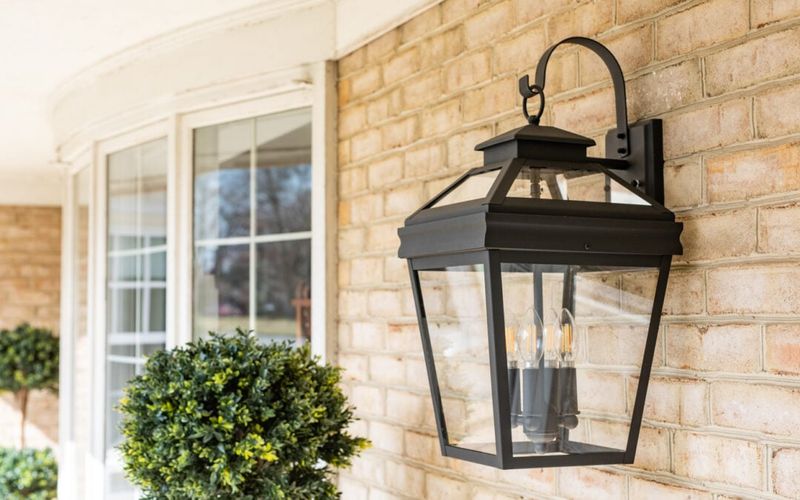
Before electricity, carriage lamps and gas fixtures illuminated Pennsylvania’s residential streets, casting warm glows that welcomed visitors after sunset. Their distinctive silhouettes became architectural signatures that persist today.
Reproduction lighting inspired by these historical designs adds authentic character to entryways and porches. Look for hand-forged iron, seeded glass, and copper finishes that weather naturally. Even modern homes gain instant heritage appeal when outfitted with thoughtfully selected period-appropriate lighting fixtures.
7. Heritage-Inspired Landscaping Elements
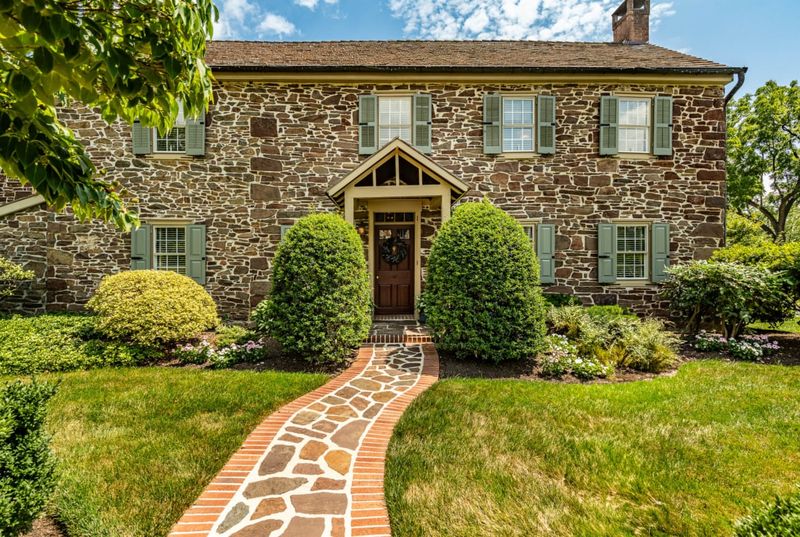
Formal boxwood hedges, heirloom roses, and native perennials framed Pennsylvania homes long before modern landscaping trends emerged. These traditional plantings weren’t just decorative – they reflected practical needs and cultural influences.
Pennsylvania’s garden traditions blend English formality with German efficiency and indigenous wisdom. Incorporating heritage elements like split-rail fencing, fieldstone walls, or a colonial-style herb garden creates authentic curb appeal rooted in the region’s agricultural history.

